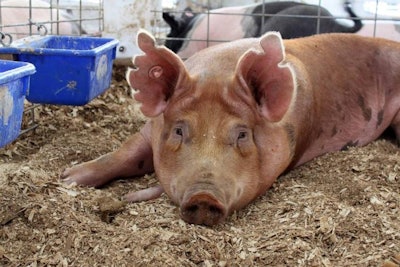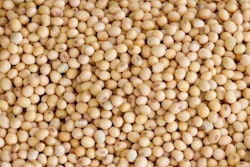
U.S. Department of Agriculture’s (USDA) Agricultural Marketing Service (AMS) requested public comment on proposed revisions to the U.S. standards for grades of pork carcasses on October 23. The goal of said revisions is to adjust the grades to better match consumer demands.
Current pork standards were last changed in 1985 and do not reflect the pork products produced by today’s industry professionals, the agency stated.
AMS currently works to establish and revise U.S. grade standards for nearly 240 agricultural products. USDA standards help set the bar within various meat industries to set an expectation for producers to meet and consumers to rely on.
Research done in the short past relating to consumer preferences, pork quality, and other factors impacting the market of pork were considered when making potential revisions.
Proposed changed can be found through the USDA and AMS websites. Comments from the public are due by December 22. They can be submitted electronically or in the mail. Addresses can be found on the AMS website.
Current grades for pork carcasses
Gilt and barrow carcasses are currently graded with 1, being the best, through 4 and ending on U.S. Utility. According to the AMS website, “Barrow and gilt carcasses in grade 1 have an acceptable quality of lean and belly thickness and a high expected yield (60.4 percent and over) of four lean cuts.” They must have less than average back fat.
As the grades decrease, expected yield decreases. For example, a Grade 2 carcass currently would have an acceptable quality of lean and belly thickness and an average expected yield of 57.4 to 60.3 percent of four lean cuts. Grade 4 has an expected yield of less the 54.4 percent lean cuts. This meat is usually fatty and offers less muscle in relation to its fat content.
U.S. utility meat includes all carcasses with unacceptable quality of lean or belly thickness regardless of their degree of muscling or backfat thickness over the last rib. Also, all carcasses which have soft and/or oily fat will be graded U.S. Utility, according to the AMS website.
Customers are questioning their food and where it comes from more than ever. The proposed changes should better describe the products producers are selling and customers are buying.

















